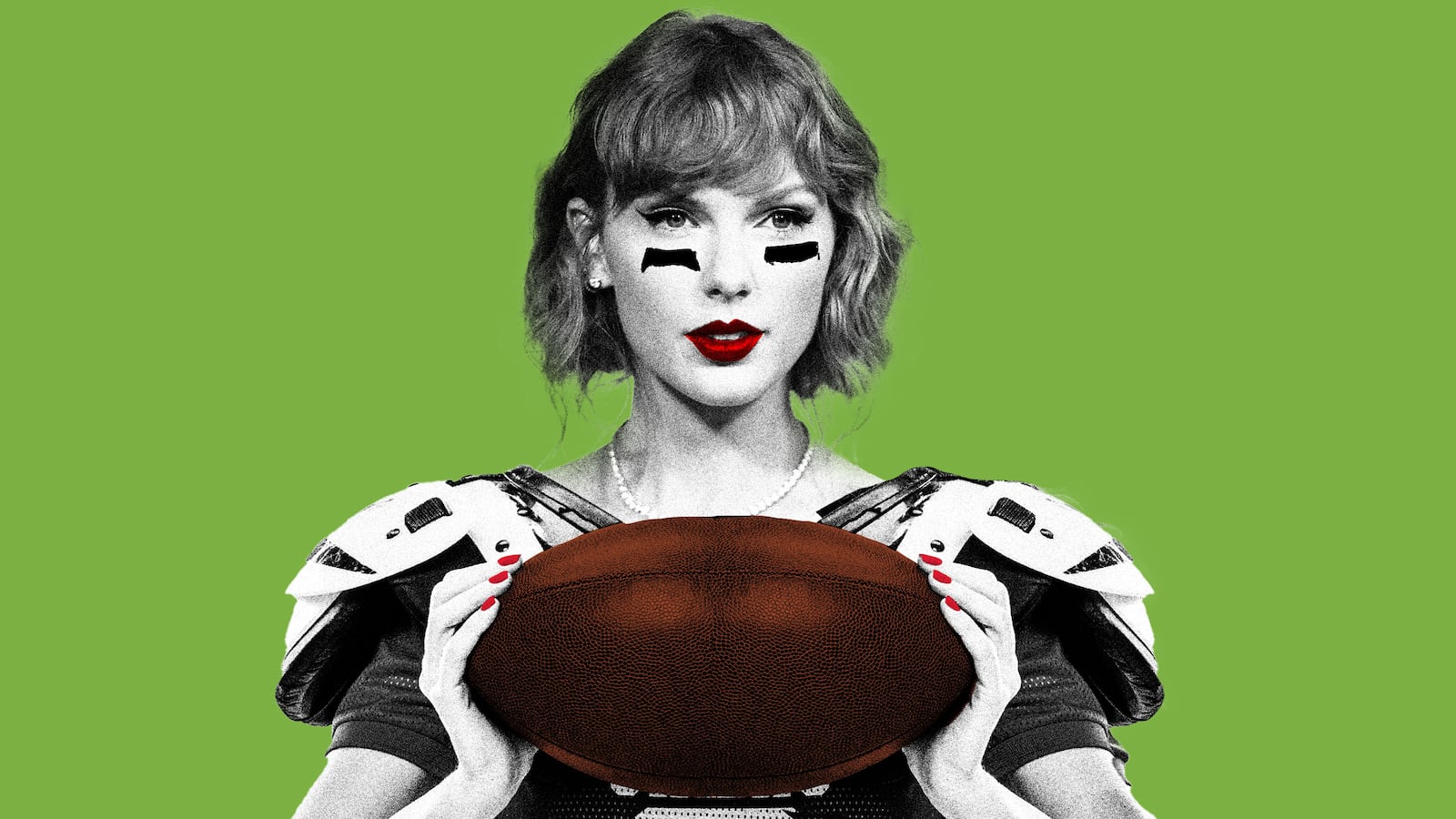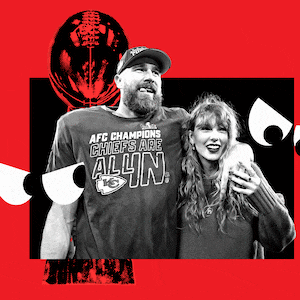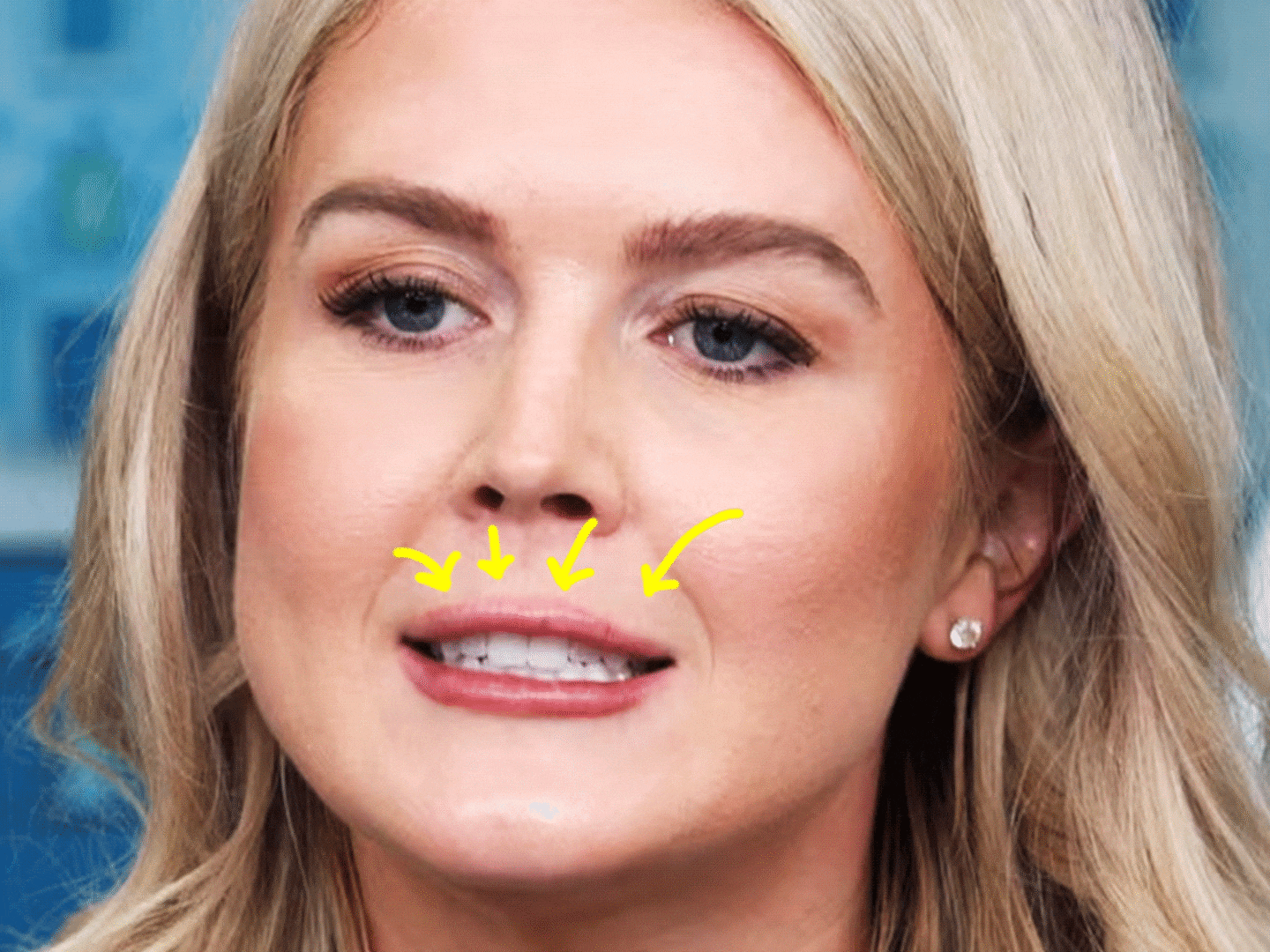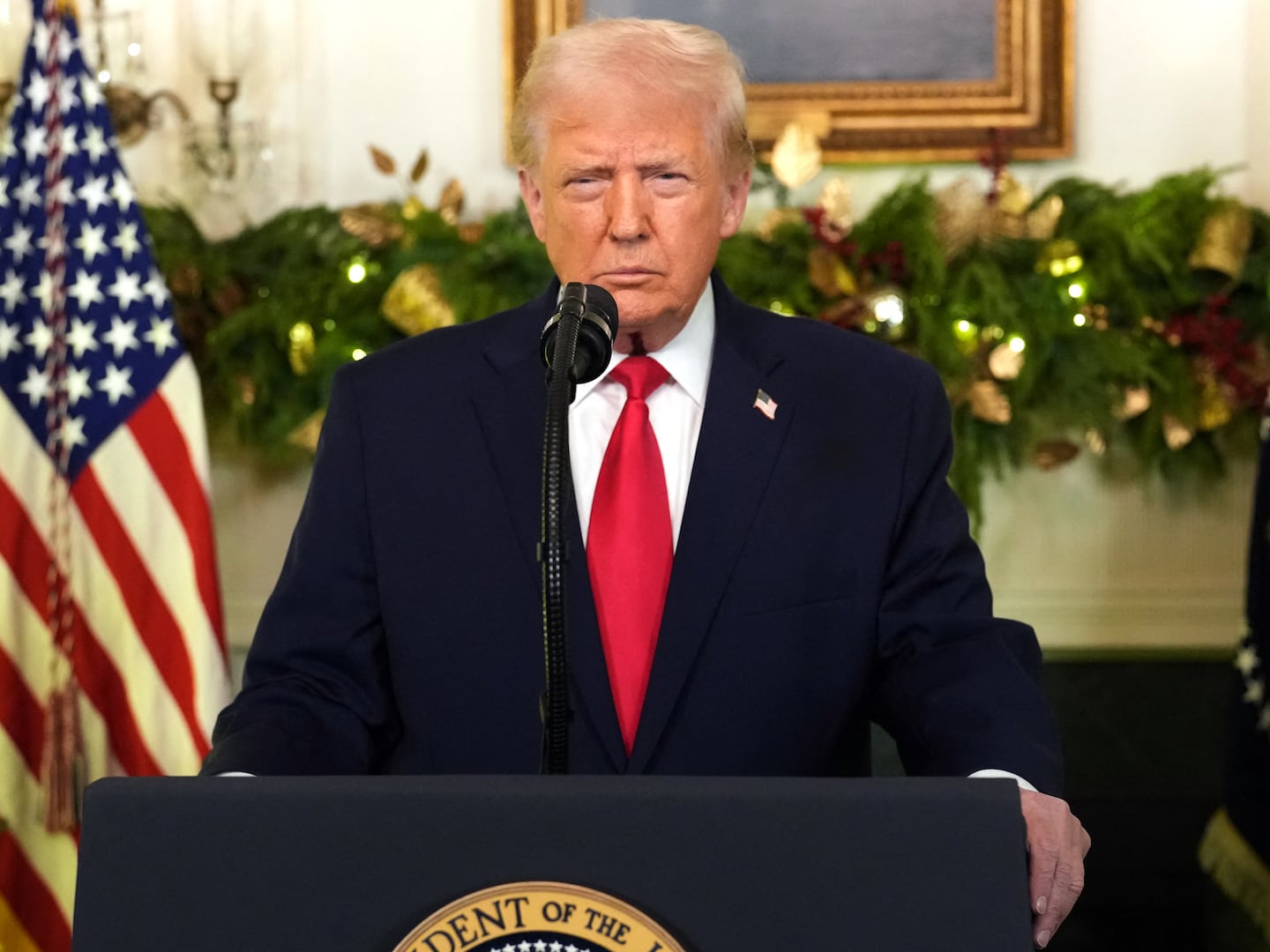Super Bowl Sunday is almost here.
Like countless Americans, both men and women, I’ll be passionately glued to the TV with my favorite snacks, armchairing every other play, and being mildly disappointed with what companies have done with their million-dollar commercial spots.
And with the Kansas City Chiefs once again in the big game, pop icon Taylor Swift is expected to be in attendance to cheer on her boyfriend, Travis Kelce. (As if the Super Bowl, always America’s most-watched TV event of the year, needed any more hype.)
I can’t wait.
This sport has and always will be the greatest game on Earth, and it has been my love since I was a little girl playing in the backyard with the boys. Even when my boyfriends joined Pop Warner leagues—and I was gently told at sign-ups to play soccer instead—my love for the game has never faded; it only grew stronger.
Soccer was good to me, and I enjoyed a lot of success, breaking scoring records at my college that still hold today. But football was everything to me, and despite the many soccer accolades, not playing my dream sport left me feeling like there really was a limit to what I could achieve in life. It was never a conscious thought that kept me up at night, but a quiet acceptance.
Fast-forward 25 years, and the landscape has changed. Thanks to grassroots women’s leagues, I was finally able to suit up in pads and a helmet and live my dream playing wide receiver in the small amount of time I still had left in my athletic career.
The impact it had on me was beyond what I thought was just checking off a bucket list.
No team sport comes close to football in terms of building character. To be successful at football, you have to challenge fears, commit to high-level physical training, push past pain, and depend on teammates like family.
I realize now that my passion for wanting to play the game was more than just the game itself; it was more than just doing something someone told me I couldn’t do. It was driven by the desire to push myself past my previous limits that I didn’t even realize I had accepted in my youth. And that drive only intensified as my confidence in playing the game grew.
After a few football seasons, my husband (a former European Pro Football player) and I decided to build a league that would raise the level of competition, grow the game, and set the foundation for a future professional women’s football league. Having been lucky enough to have played semi-pro women’s soccer after college, and invited to the first women’s pro soccer combine, I was able to experience that successful model—which I believed women’s football should follow.
The league that my husband and I envisioned 15 years ago, the Women’s Football Alliance (WFA), is now the largest women’s football league in the world—comprising 60 U.S. teams and 3,000 players—and has helped introduce women’s football in seven countries on four continents. And with the recent national broadcast deals with ESPN and Women’s Sports Network, our players being recognized in the Pro Football Hall of Fame, and women’s flag football has been named an Olympic sport in the 2028 Summer Games, the number of girls and women playing America’s Game will continue to grow exponentially.
For most of those reading this, you probably had no idea women were even playing football at all. You’re probably shocked to hear that today thousands of women and girls eagerly take to the gridiron each year, breaking through gender boundaries in a sport that now recognizes no limits. But once the Lombardi Trophy is raised this Super Bowl Sunday, the women of the WFA will start training for their spring season knowing they won’t be paid—or given a scholarship. Yet.
And while I think it’s great that Taylor Swift will be watching the game from a luxury suite in Las Vegas, I want to extend her an invitation to attend the Women’s Football Alliance National Championship on July 27 at the Pro Football Hall of Fame Stadium in Canton, Ohio.
Yes, I’d love for Taylor’s star power to help to attract more fans and media interest in the women’s game. But I also want young girls and teens to see that there are no limits to their dreams for life.
And, who knows what impact the Taylor Swift effect on the WFA could bring? A young Allison Cahill (the WFA’s analogue to women’s college basketball superstar Caitlin Clark) might just be watching—and maybe even inspired to do something that they previously thought was impossible.
So please come check out our ladies on the gridiron, Taylor! We promise a remarkable show. #WeGotNext.









